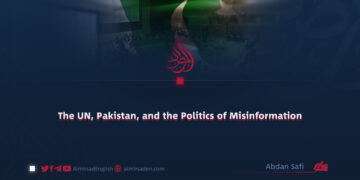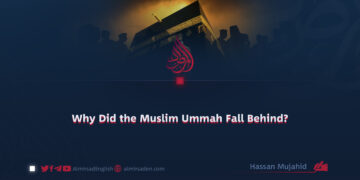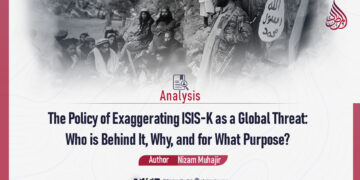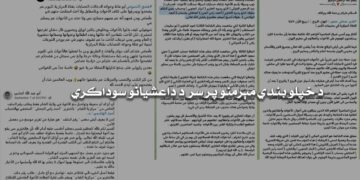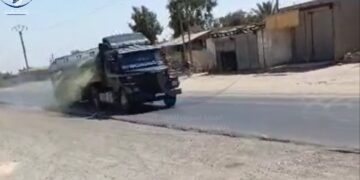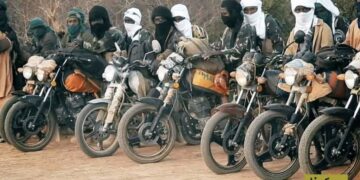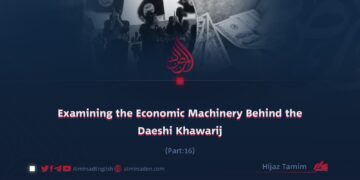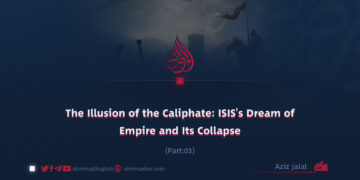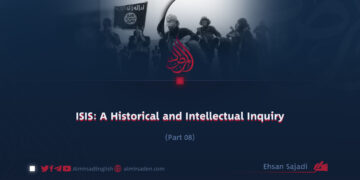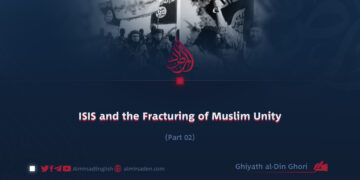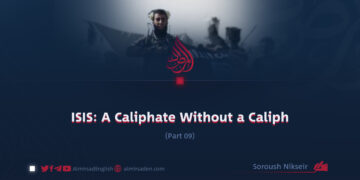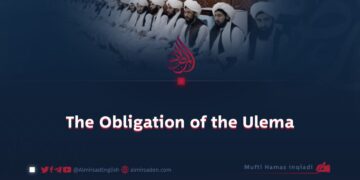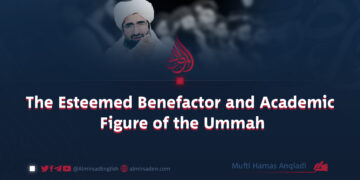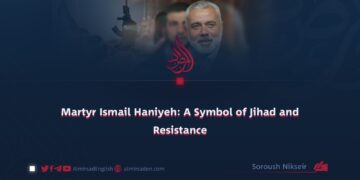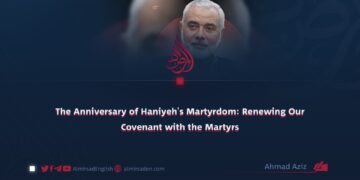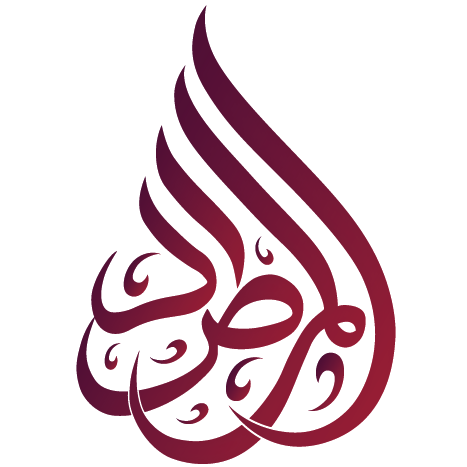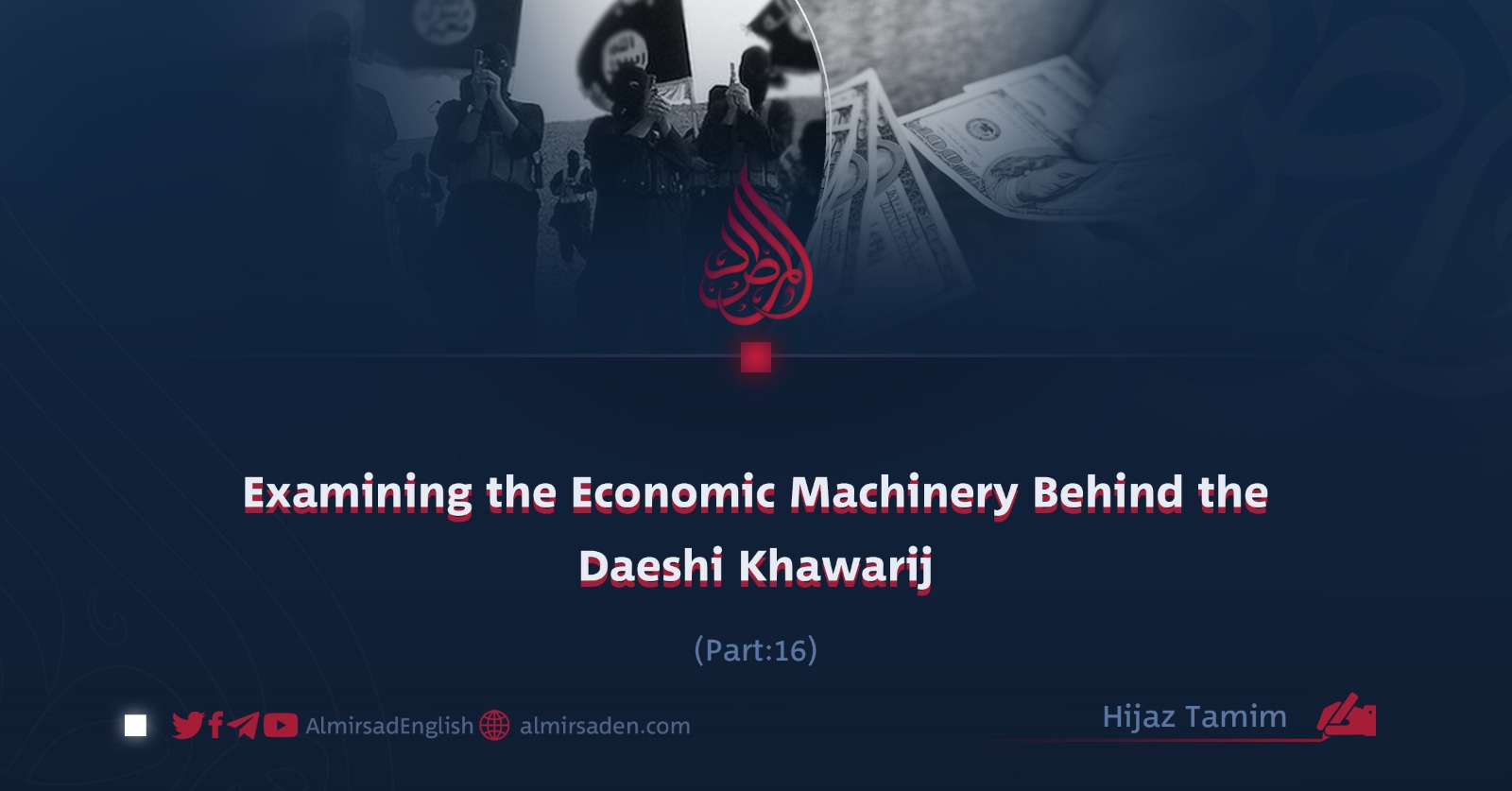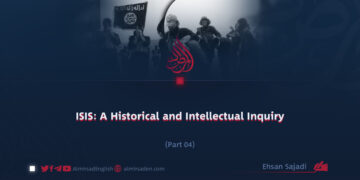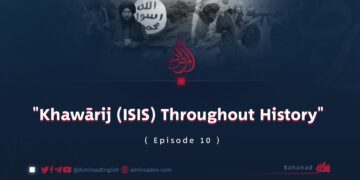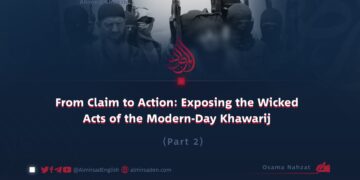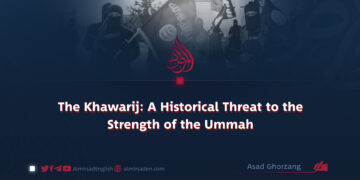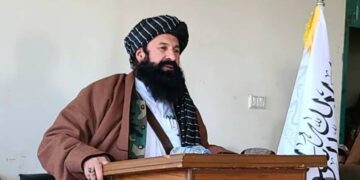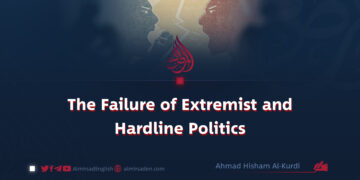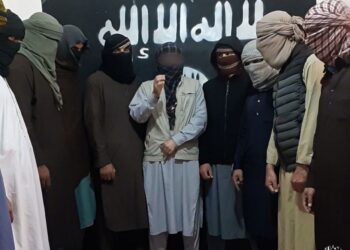Part 16
Hijaz Tamim
Global Human Trafficking Revenue (5)
Human trafficking stood at the heart of the financial network sustaining the Daeshi Khawarij. Women and children were treated as marketable assets, traded across borders and exploited in ways that both enriched the group and reinforced its military operations. The following cases illustrate how this shadow economy functioned.
Case 12: Girls Trafficked from Iraq to Syria for Sexual Slavery
In Mosul, Iraq, ISIS fighters abducted girls aged 14 to 21 and transported them into Syria, where they were sold into sexual slavery. Each victim brought in around $2,500. A number were later rescued through the efforts of local human rights groups. This practice demonstrates how sexual slavery was not an occasional crime but a systematized source of revenue for ISIS.
Case 13: Boys Recruited and Trained as Soldiers
In Hasakah, Syria, boys between 13 and 17 were seized by ISIS militants with the help of local smugglers. Sold for roughly $1,100 each, they were sent to training camps before being deployed to the frontlines. Some were eventually freed by international forces. These children were not only victims of abduction but were also exploited as both fighters and financial resources.
Case 14: Women Smuggled into Turkey for Forced Labor
Along the Syria and Turkey border, ISIS-linked traffickers forced women aged 20 to 30 into domestic work, with many also suffering sexual abuse. Each woman was valued at between $1,500 and $1,800. A number managed to escape to refugee camps, where they finally regained their freedom. The case highlights how ISIS’s trafficking network extended well beyond the battlefield, crossing international lines.
Case 15: Girls Forced into Iraq for Labor and Slavery
On the Syria and Iraq border, girls aged 18 to 24 were smuggled by ISIS militants and their local partners. Valued at approximately $2,000 each, they were used in households and, in many cases, subjected to sexual slavery. Humanitarian groups intervened to secure the release of some. This shows how trafficking formed an organized and far-reaching branch of ISIS’s economy.
Case 16: Enslavement of Women in Homs, Syria
In Homs Province, ISIS militants and smugglers abducted women aged 18 to 32 and forced them into sexual slavery. Each was priced at about $2,300. Human rights organizations managed to free some of the captives. The case underscores that sexual slavery was not incidental but an intentional strategy woven into ISIS’s financial model.
Case 18: Women Exploited in Iraqi Cities
In Baghdad and other urban centers, ISIS militants and their collaborators trafficked women aged 25 to 35 for household labor. Each woman was worth around $1,500 to the traffickers. Humanitarian groups later freed several of the victims. The reach of ISIS’s trafficking operations into Iraqi cities reflects the group’s ambition to embed its criminal economy deep into civilian life.
Case 19: Girls Trafficked to Aleppo for Sexual Exploitation
In Aleppo, Syria, ISIS and regional smugglers abducted girls aged 15 to 23, transporting them for sexual slavery. Each brought in roughly $2,500. International organizations succeeded in rescuing some of the captives. This case highlights once more how central sexual exploitation was to ISIS’s financial structure.
Case 20: Boys Forced into Combat Across Iraq and Syria
Across the Iraq and Syria border, boys between 12 and 18 were abducted, trained, and turned into soldiers. Each child provided the group with an estimated $1,100 annually once deployed. While some were rescued by local security forces, many remained trapped in the system. For ISIS, trafficking minors served both to replenish its ranks and to generate income.
Taken together, these cases reveal that ISIS’s trafficking enterprise was not a scattered series of abuses but a deliberate, highly organized system. Women and children were reduced to commodities, enslaved, traded, and conscripted, fueling both the group’s battlefield capacity and its financial strength. The scale and cruelty of these practices demonstrate how deeply trafficking was woven into the economic machinery of the Daeshi Khawarij.

